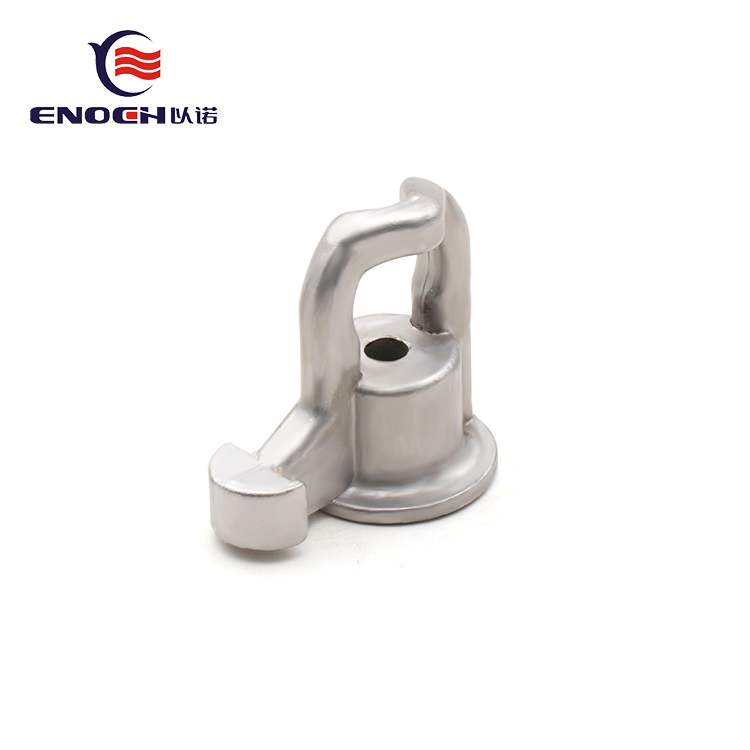Exploring the Differences Between a Two-Position Sidewall Switch and Other Switch Types
2024-06-18
In the vast landscape of electrical components, switches are among the most fundamental and widely used devices. They control the flow of electricity in various circuits, enabling us to power or deactivate various devices and appliances. Among the various switch types, the two-position sidewall switch stands out for its simplicity and efficiency. However, how does it differ from other popular switch types, such as three-position or toggle switches? Let's delve deeper.
Firstly, let's consider the two-position sidewall switch. This type of switch is typically mounted on a wall or panel and offers two distinct positions: ON and OFF. Its simplicity is its greatest asset, allowing users to quickly and intuitively turn devices on or off with a flick of the wrist. Its design also makes it easy to install and maintain, further enhancing its appeal.
Now, let's compare it with the three-position switch. As the name suggests, this switch offers three distinct positions, typically labeled as ON, OFF, and a third position that can serve various functions depending on the specific switch. This additional position allows for more complex control over electrical circuits, such as adjusting the brightness of lights or controlling the speed of motors. However, this versatility also comes with a steeper learning curve, as users need to understand the specific functions of each position.
Moving on to toggle switches, these switches have a lever or toggle that is flipped up or down to change the switch's position. They are commonly used in electrical equipment like lamps, radios, and power tools. While toggle switches are easy to operate, they tend to be larger and more bulky than sidewall switches, limiting their applications in space-constrained environments.
The key difference between a two-position sidewall switch and these other types is its simplicity and versatility. The two-position sidewall switch offers a straightforward ON/OFF control that is intuitive and easy to understand. It's ideal for applications where a simple and reliable ON/OFF function is all that's needed. In contrast, three-position switches and toggle switches provide more complex control options but require a higher level of user understanding and may not be suitable for all applications.
In conclusion, the two-position sidewall switch differs from other switch types like three-position and toggle switches in its simplicity, versatility, and ease of use. Its straightforward ON/OFF control makes it a reliable and efficient choice for a wide range of electrical applications.



